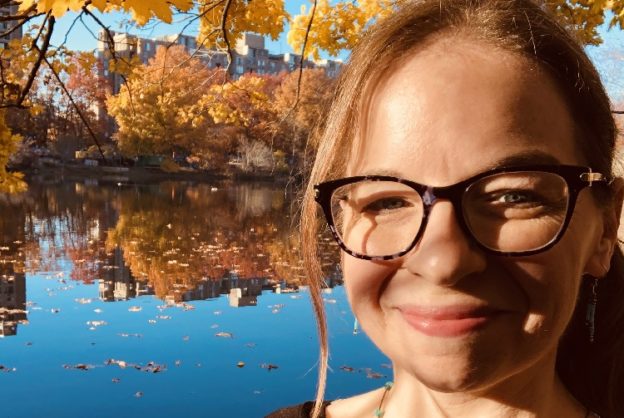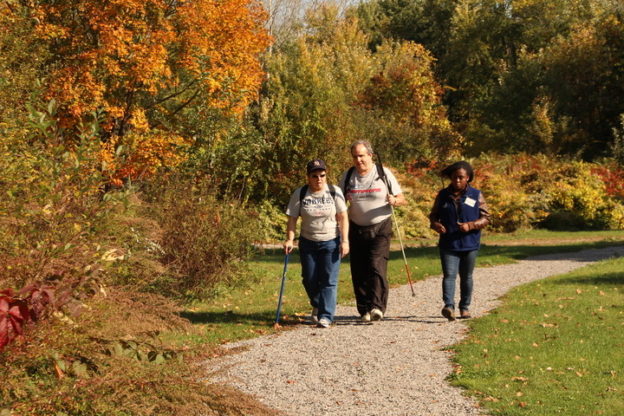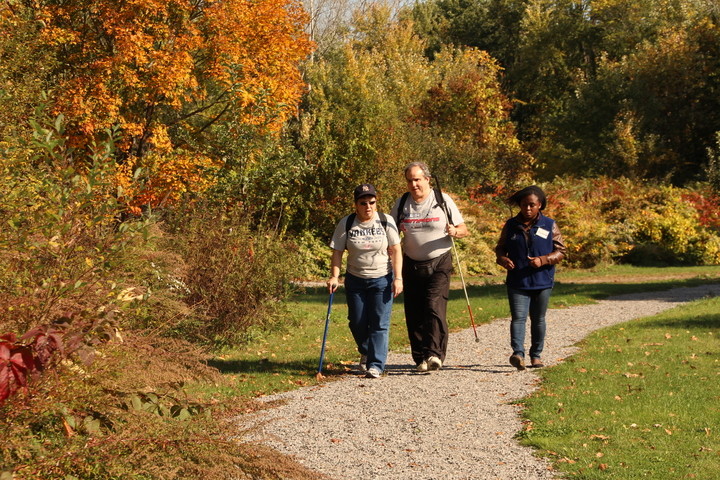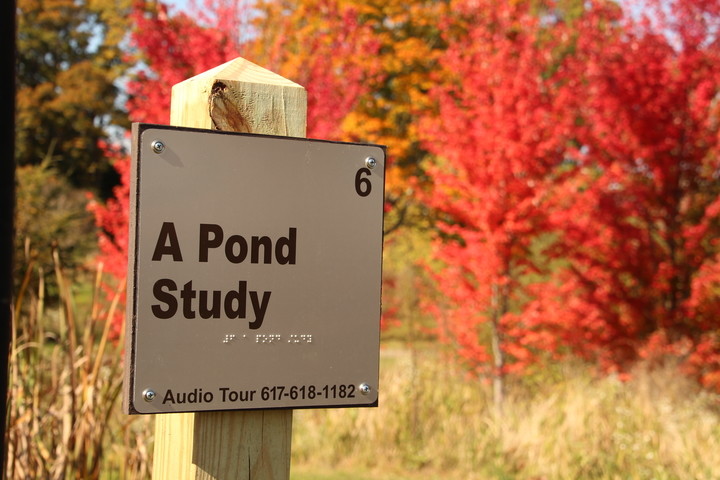My connection to nature sparked as a kid in the eighties. I owned a bug box – my grandmother’s neighbor made them in bulk and then let the kids on the block decorate them. It was a simple wooden construction with a panel door that swung sideways and up, with fine mesh netting that let the bugs breathe. I’d catch and inspect all kinds of bugs in there. I especially remember summer nights chasing fireflies, carrying my bug box like a lantern on the lawn of our South St. Louis home as dusk fell, and releasing the fireflies as rogue twinkle lights before I went inside for bed.
I’m Claire Berman, a nature lover, an author, a health communicator, and an aunt. Each of these roles motivates me to act on climate change.
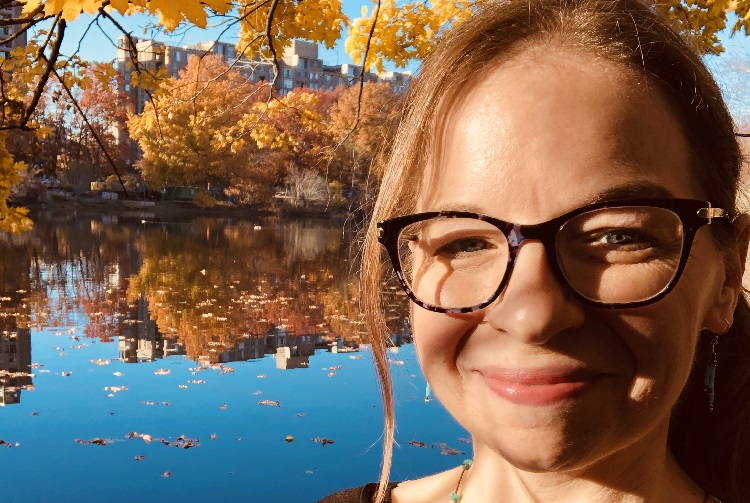
As I conducted research for my first novel this year, I learned more about the impact of climate change on birds and other animals. I wanted to write about the way they were being forced to find new homes or change their migration patterns. So I bought a pair of binoculars, made a few birder friends, and became amazed by the herculean task of migration. Yet I was also troubled by the ways human-caused climate change can alter when and where birds migrate because of temperature changes or availability of food.
In my job as a health communicator, I see firsthand the ways that climate change affects human health in addition to animals. Through this work, I have seen communities struggle against intense hurricanes, mosquito- and water-borne illnesses, or displacement from their homes because of climate change. I’ve seen how systemic racism creates conditions that put people of color and people in poverty more at risk of respiratory illnesses and other public health threats borne from climate change.
I’m fighting for the climate on all of these fronts.
This year, I completed a certificate program in Climate Change and Human Health to learn how we can mitigate, adapt to, and communicate about climate change’s public health impacts. I wrote to my senators in support of the Green New Deal for clean energy and millions of new jobs. I signed up to support the youth-led Sunrise Movement. I phone banked and wrote postcards to get out the vote. I donated to wildlife conservation organizations like Mass Audubon.
Anyone can take actions like these. We can all do our small part to protect the natural world and work towards a safe and healthy future for humanity and all living things.
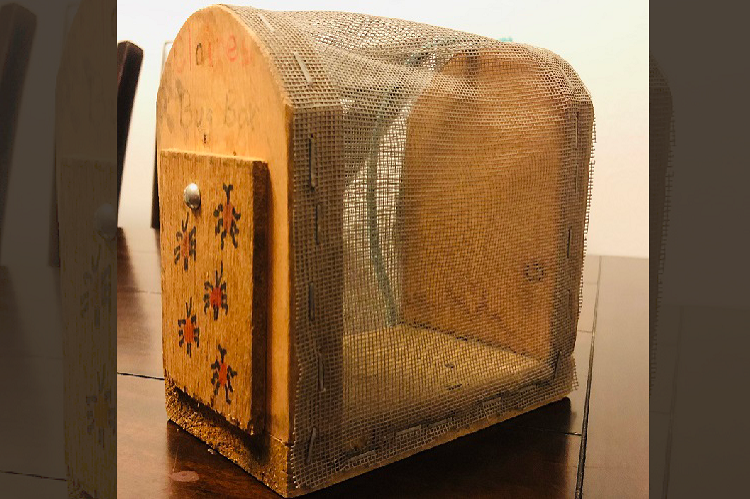
A few months ago, my mom asked if my 8-year-old nephew could have my old bug box. He’d found it buried somewhere in the basement, a bit worse for the wear. I said yes, of course. I want him to find joy in the beauty of nature, just as I did at his age, and I’ll do whatever I can to make sure it survives for his generation of kids and beyond.
– Claire Berman, Mass Audubon Member.


